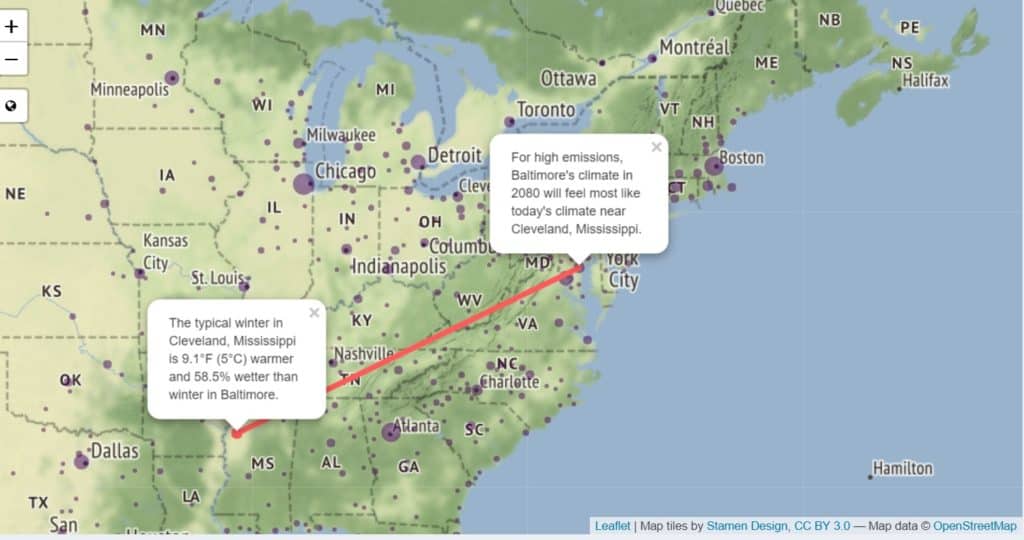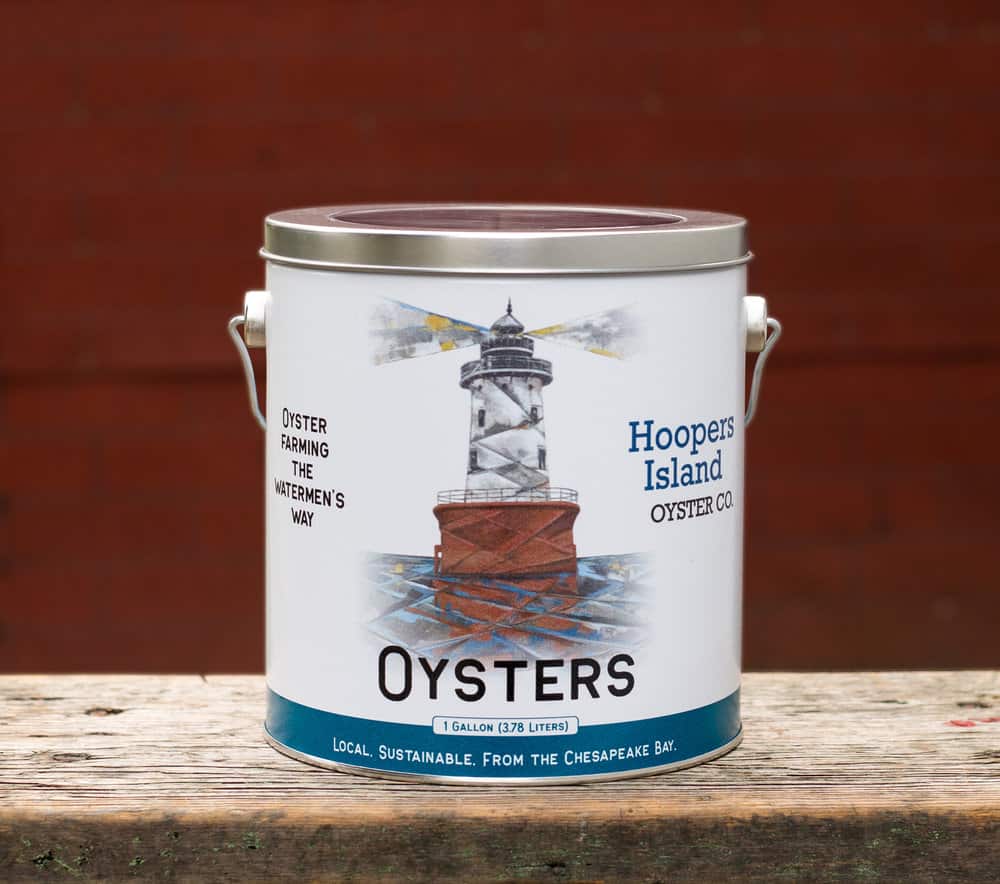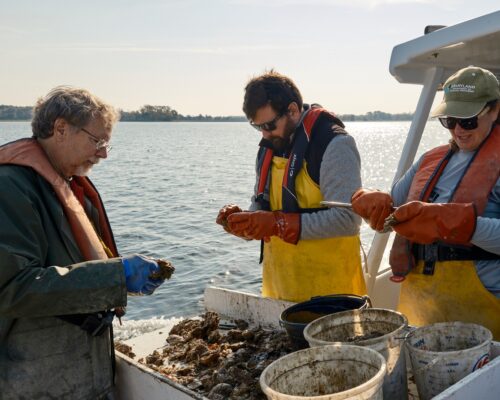A new app developed by a University of Maryland Center for Environmental Science (UMCES) scientist can show you what your town is going to feel like in 60 years.
For most of the 540 North American cities studied, the climate is predicted to change to that of locations hundreds of miles away. And for us in the Chesapeake Bay region, that means the weather is going to feel more like Mississippi or Texas.
A screen shot of the interactive map shows the climate shift predicted for Baltimore, Maryland by the 2080s.UMCES’s Matt Fitzpatrick authored a study and developed the interactive web application, to help the public understand the impact of climate change on people who live in urban areas.
“Within the lifetime of children living today, the climate of many regions is projected to change from the familiar to conditions unlike those experienced in the same place by their parents, grandparents, or perhaps any generation in millennia,” says Fitzpatrick.
For each urban area, scientists mapped the similarity between that city’s future climate expected by the 2080s and contemporary climate in the western hemisphere north of the equator using 12 measures of climate, including minimum and maximum temperature and precipitation during the four seasons.
The study also mapped climate differences based on emissions, under two different scenarios. One, if current climate policies stay in place, and two, if new policies like the Paris Agreement are put in place to limit emissions.
The study found that by the 2080s, even if limits are placed on emissions, the climate of North American urban areas will feel substantially different. In the eastern U.S., nearly all urban areas will become most similar to contemporary climates to the south and southwest.
Baltimore and Washington, D.C. will feel more like northern Mississippi, the study finds. Virginia Beach will feel more like Tillmans Corner, Alabama, a city that is about 11 degrees warmer and 44 percent wetter than Virginia Beach is. Richmond will feel more like Huntsville, Texas, about 7 degrees warmer, and 25% drier than Richmond is today. The changes in rainfall are just as important as the temperature change, Fitzpatrick points out.
“Climate is more than just temperature. It also includes the amount precipitation an area receives, when it falls during the year, and how much arrives as snow versus rain,” said Fitzpatrick. “Climate change will lead to not only warming, but also will alter precipitation patterns.”
The paper, “Contemporary climatic analogs for 540 North American urban areas in the late 21st century,” by Matt Fitzpatrick of the University of Maryland Center for Environmental Science and Robert Dunn of North Carolina State University, is published in Nature Communications on February 12.
“It’s my hope that people have that ‘wow’ moment, and it sinks in for the first time the scale of the changes we’re expecting in a single generation,” says Fitzpatrick.
To see the searchable map of projected climate shifts across North America, click here.
-Meg Walburn Viviano




